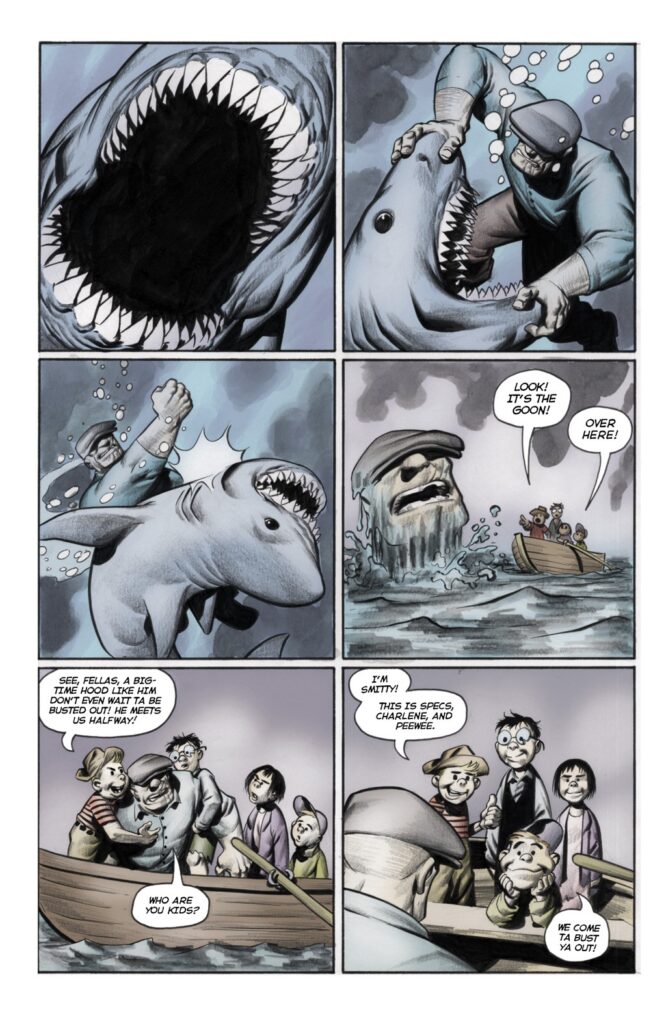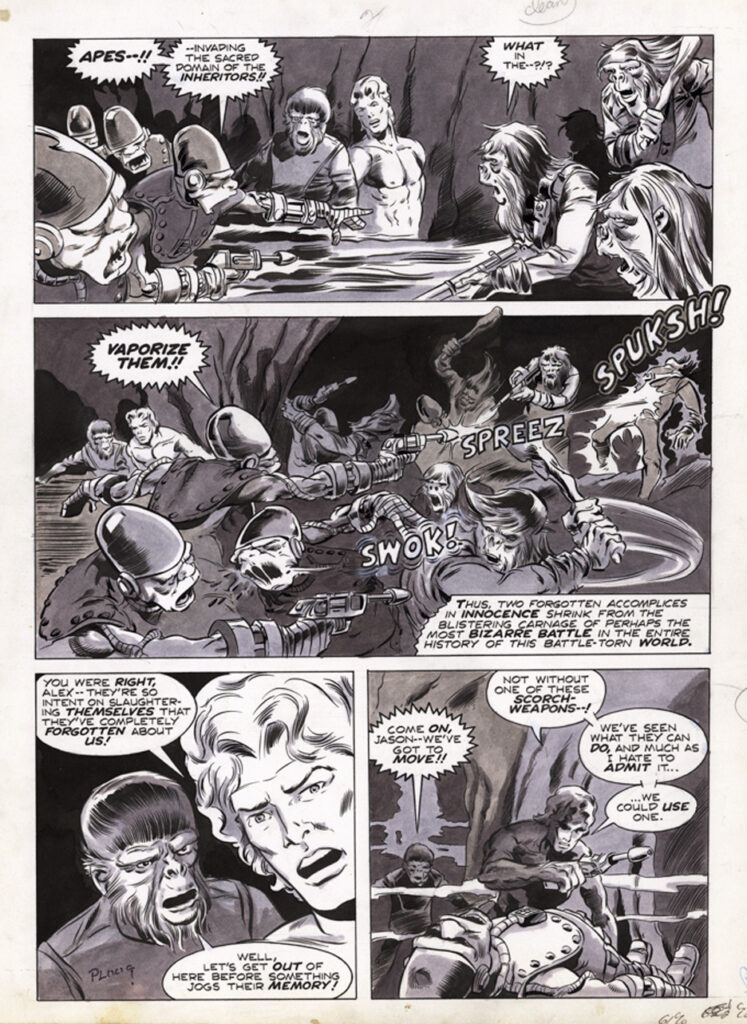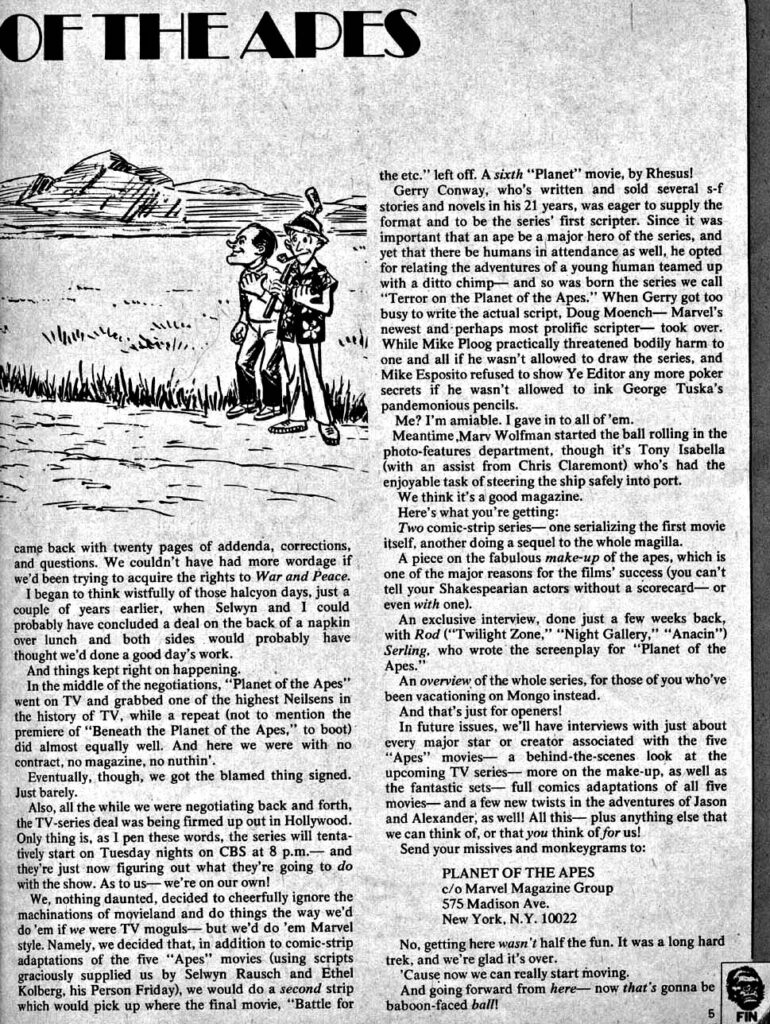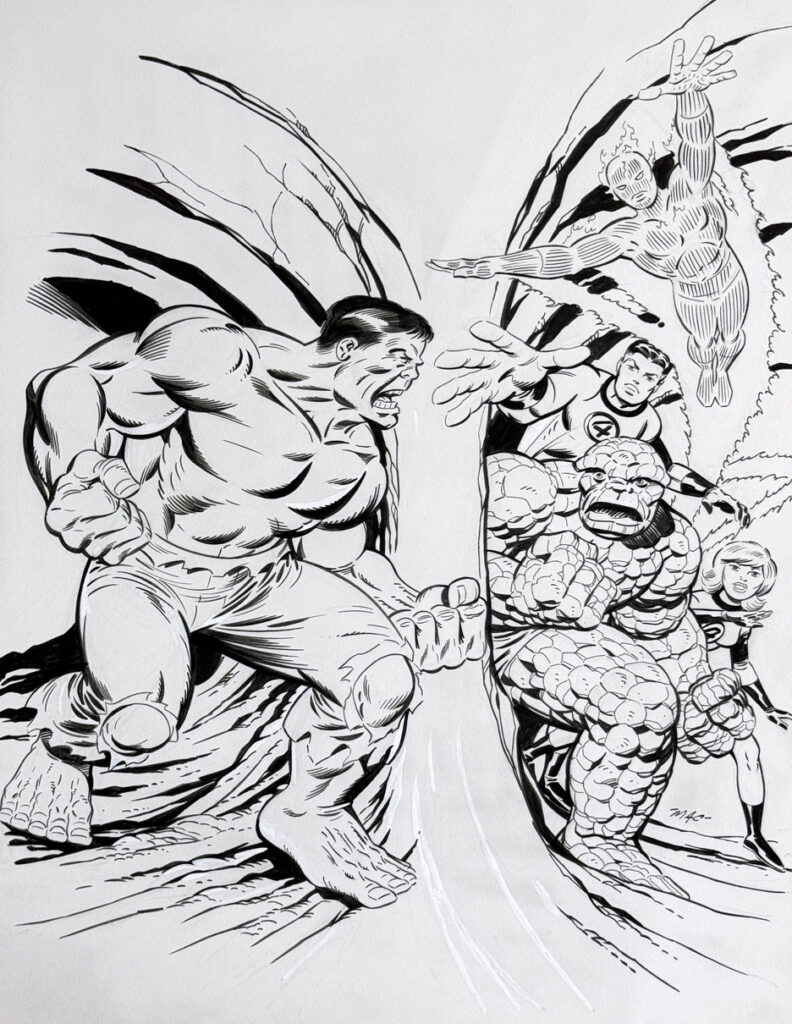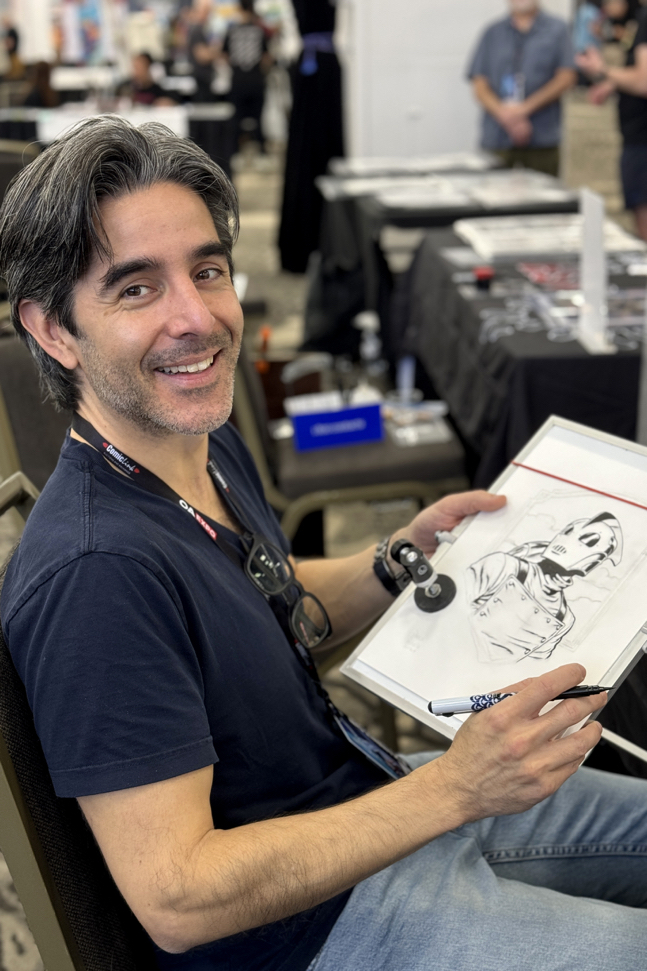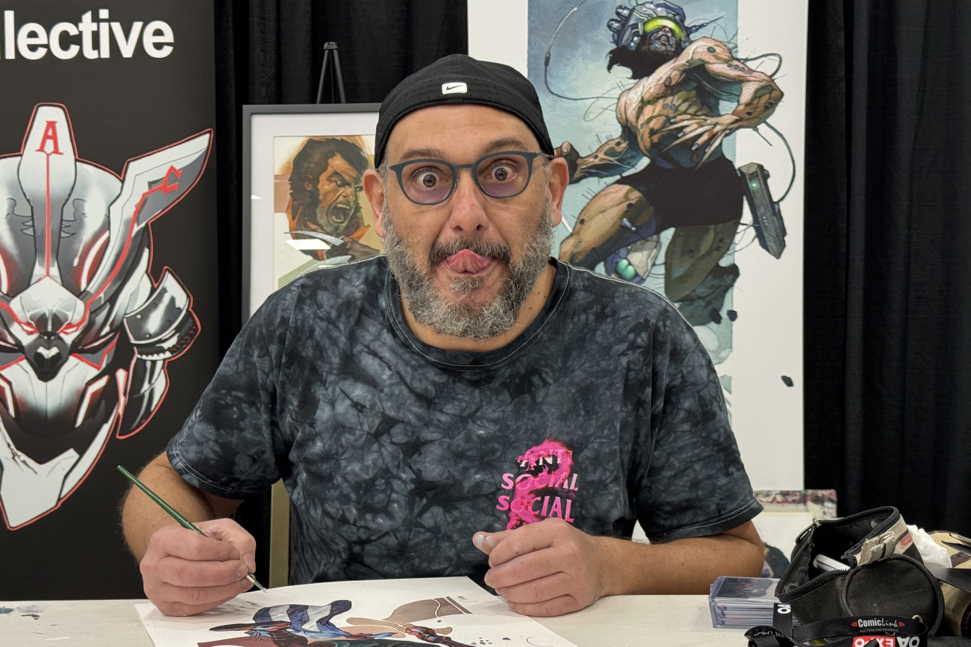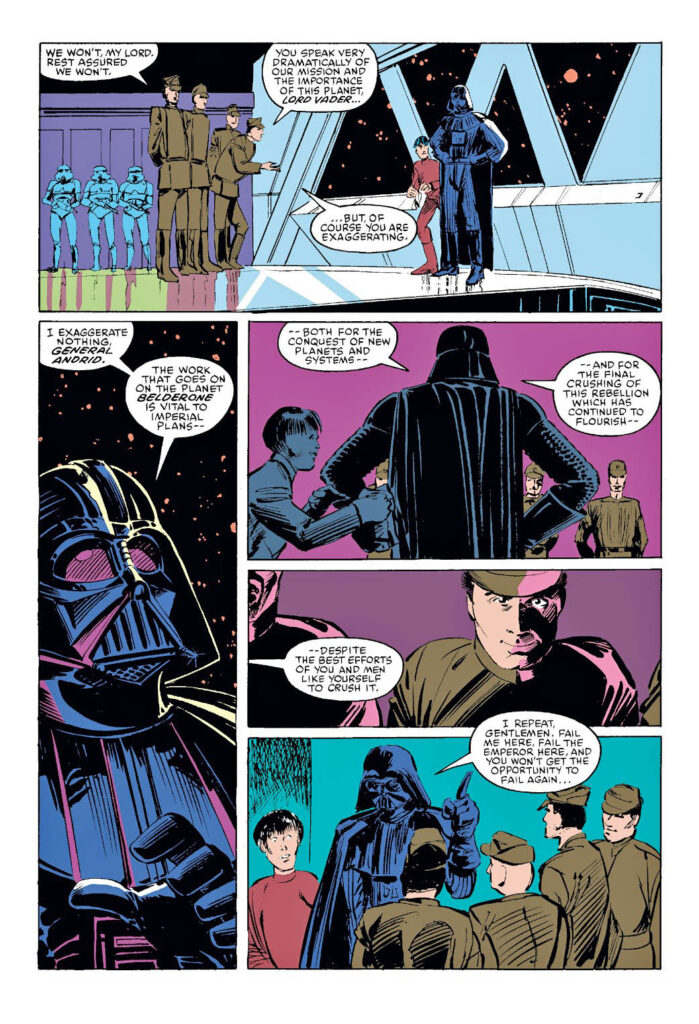Seth — A Good Page, If You Don’t Weaken
Palooka-Ville #5, May 1994, It’s A Good Life If You Don’t Weaken, 1996

It’s a mystery:
I have no idea why artist Seth (Gregory Gallant) is not held in higher regard by comic art fans.
Maybe it is because his art style is more classical New Yorker than traditional “alternative” art.
Whatever the reason, his originals sell for little compared to contemporaries like Daniel Clowes and Charles Burns.
Which of course has upside for collectors who want to acquire a beautiful original from his magnum opus, It’s a Good Life If You Don’t Weaken, for a reasonable price.
Fun fact: When Seth’s biographical story was originally serialized in the comics Palooka-Ville, it appeared in black and white with gray tones added in the production process. When It was collected into the complete graphic novel, it was transformed into a duotone story with blue tones replacing the gray. (See below.)






